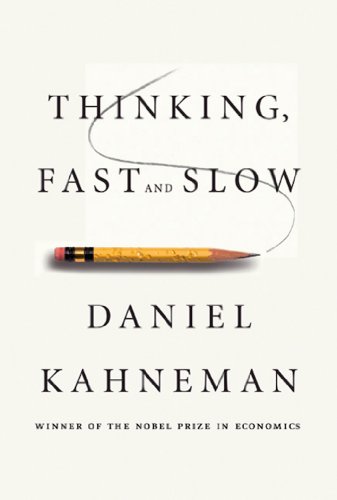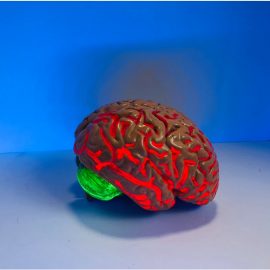

This article is an excerpt from the Shortform summary of "Thinking, Fast and Slow" by Daniel Kahneman. Shortform has the world's best summaries of books you should be reading.
Like this article? Sign up for a free trial here .
What is the halo effect? What is a good halo-effect example?
The halo effect is a bias that says that if you think positively about something, it extends to everything else you can think about that thing. This is a cognitive bias that may lead to bad decisions.
Learn the meaning of the halo effect in psychology, why we’re vulnerable to it, and how it works in a halo effect example.
Halo Effect Example
Say you find someone visually attractive and you like this person for that reason. As a result, you are more likely to find her intelligent or capable, even if you have no evidence of this. Even further, you tend to like intelligent people, and now that you think she’s intelligent, you like her better than you did before, causing a feedback loop. This demonstrates the meaning of the halo effect.
In other words, your emotional response fills in the blanks for what’s cognitively missing from your understanding. This is an example of the halo effect.
What does “halo effect” mean? The Halo Effect forms a simpler, more coherent story by generalizing one attribute to the entire person. Inconsistencies about a person, if you like one thing about them but dislike another, are harder to understand. “Hitler loved dogs and little children” is troubling for many to comprehend.
Putting it all together, we are most vulnerable to the halo effect in psychology when:
- System 1 (fast, intuitive thinking) forms a narrative that conveniently connects the dots and doesn’t express surprise.
- Because of the cognitive ease by System 1, System 2 (slow, deliberate thinking) is not invoked to question the data. It merely accepts the conclusions of System 1.
In day-to-day life, this is acceptable if the conclusions are likely to be correct, the costs of a mistake are acceptable, and if the jump saves time and effort. You don’t question whether to brush your teeth each day, for example.
In contrast, this shortcut in thinking is risky when the stakes are high and there’s no time to collect more information, like when serving on a jury, deciding which job applicant to hire, or how to behave in a weather emergency.
The Halo Effect Meaning and Vulnerability to Bias
We’re more vulnerable to biases like the halo effect when System 2 is taxed.
To explain this, psychologist Daniel Gilbert has a model of how we come to believe ideas:
- System 1 constructs the best possible interpretation of the belief – if the idea were true, what does it mean?
- System 2 evaluates whether to believe the idea – “unbelieving” false ideas.
When System 2 is taxed, then it does not attack System 1’s belief with as much scrutiny. Thus, we’re more likely to accept what it says, as with the halo effect.
Experiments show that when System 2 is taxed (like when forced to hold digits in memory), you become more susceptible to false sentences. You’ll believe almost anything.
This might explain why infomercials are effective late at night. It may also explain why societies in turmoil might apply less logical thinking to persuasive arguments, such as Germany during Hitler’s rise.
———End of Preview———

Like what you just read? Read the rest of the world's best summary of "Thinking, Fast and Slow" at Shortform . Learn the book's critical concepts in 20 minutes or less .
Here's what you'll find in our full Thinking, Fast and Slow summary :
- Why we get easily fooled when we're stressed and preoccupied
- Why we tend to overestimate the likelihood of good things happening (like the lottery)
- How to protect yourself from making bad decisions and from scam artists






